CannSol Premium Coenzyme Q10 with Vitamin E
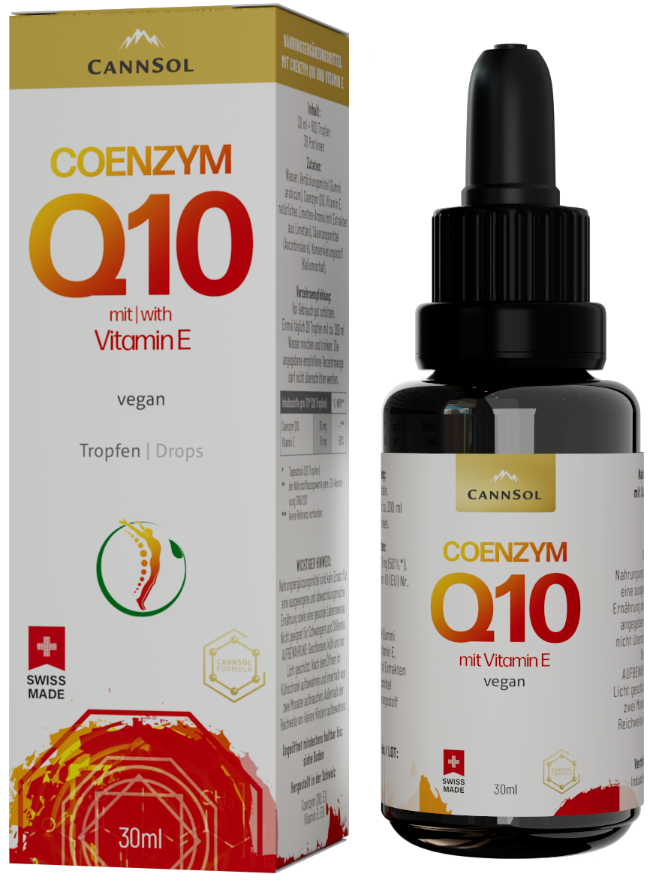
The CannSol Formula
Clinical studies show positive effects in the following areas:
Ingredients: Swiss water, thickener (gum arabic), coenzyme Q10, vitamin E, natural lime flavor (with lime extract), acidifier (ascorbic acid), preservative (potassium sorbate).
CannSol Premium Coenzyme Q10 with Vitamin E

The CannSol Formula
Clinical studies show positive effects in the following areas:
To the Shops:
Ingredients: Swiss water, thickener (gum arabic), coenzyme Q10, vitamin E, natural lime flavor (with lime extract), acidifier (ascorbic acid), preservative (potassium sorbate).
What is coenzyme Q10?
In all cells of the human body, biochemical processes take place permanently, which are essential for cell metabolism and cell function. For these processes to take place in the cells, they must be constantly supplied with energy. About 95% of this energy comes from the cleavage of adenosine triphosphate (ATP). In cells, the split ATP must be rebuilt so that it can be made available again for energy production. Every day, about 40 to 70 kg of ATP are built up and broken down in the body in order to be able to supply the cells with sufficient energy.
ATP regeneration takes place on membrane proteins of the mitochondria, which are therefore often referred to as the “power plants of our cells”. Coenzyme Q10 serves as a key factor for the buildup of ATP, which is consumed through food but can also be produced by the body. Organs that require the most energy – such as the liver, heart and lungs – therefore also have the highest coenzyme Q10 concentrations. The enzyme also protects the mitochondria and the innermost layer of the blood and lymph vessels from oxidative stress.
However, after the age of 30, our bodies begin to steadily produce less coenzyme Q10, making us increasingly dependent on coenzyme Q10 from food as we age. In addition, a steady coenzyme Q10 deficiency can lead to diseases associated with aging. This effect is attributed, among other things, to the continuous decline in the efficiency of enzymes responsible for DNA repair. Studies have shown that coenzyme Q10 supplementation can protect our DNA from damage caused by oxygen free radicals.
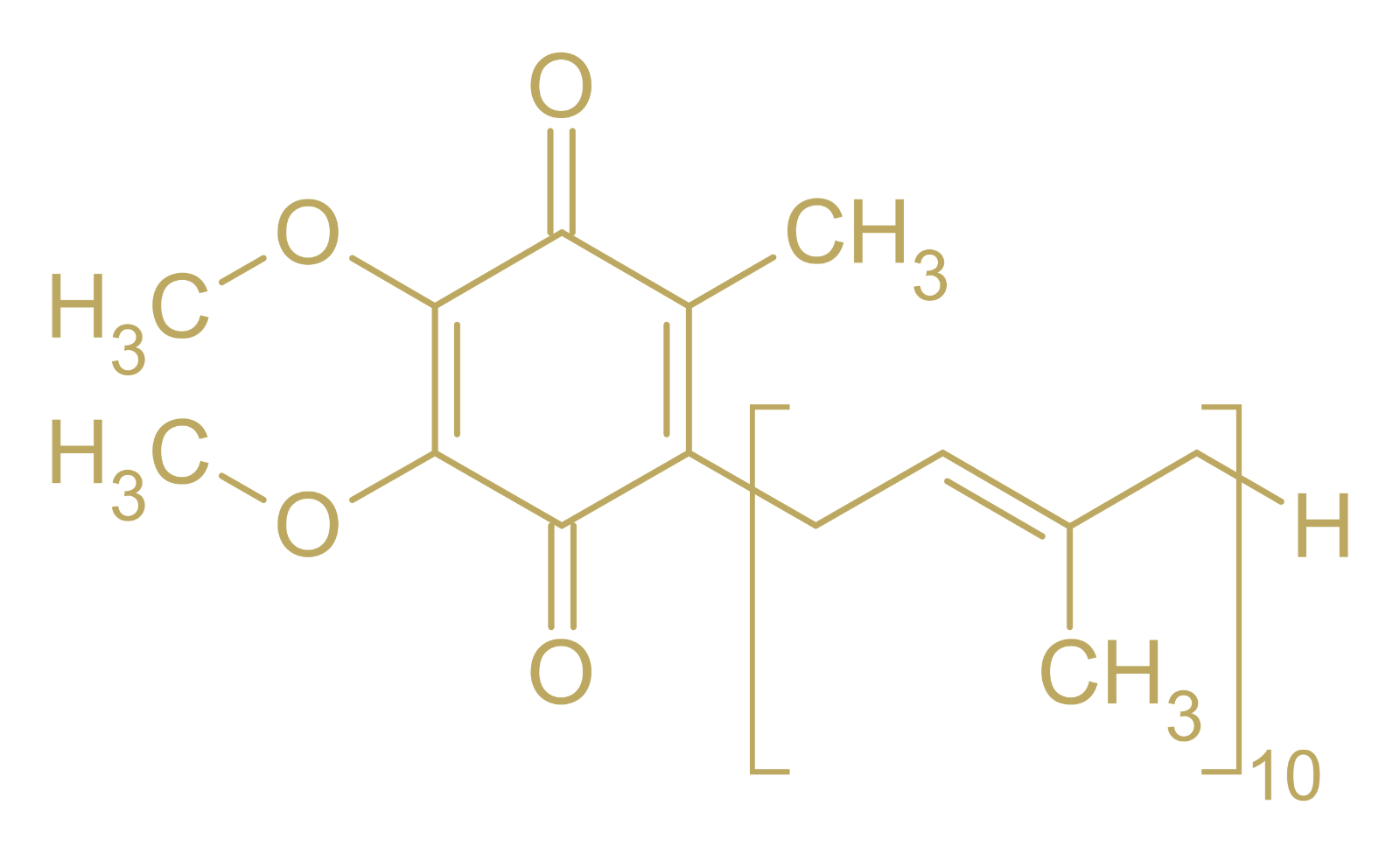
Bioavailability
Active ingredients from medicinal plants have very low water solubility. Such substances can be absorbed extremely poorly by our body into the systemic bloodstream. Therefore, very high doses of extracts from medicinal plants are often used in clinical studies in order to achieve therapeutic effects. In addition, the extracts are usually in a form enriched with active ingredients, or directly isolated active ingredients are used in high doses. Simple dietary supplements normally have too low a concentration of active ingredients to achieve any significant physiological effect. Why is this so? It is not uncommon for the active ingredients contained in medicinal plants to be subject to numerous “absorption barriers”, as a result of which 95–99 percent of the active substances taken perorally cannot reach the systemic bloodstream. Highly fat-soluble active ingredients distribute very poorly on the absorptive surface of the small intestine, which greatly reduces the likelihood of their absorption. Another factor contributing to the low uptake of such compounds is the “first-pass effect” of the liver. Enzymes are secreted in the liver that recognize and break down such fat-soluble compounds. This is a protective function of our body to keep potentially dangerous substances from entering the systemic bloodstream. In addition, many active ingredients are very unstable in the acidic environment of the stomach and are already eliminated during stomach passage. The percentage of an active ingredient that can be absorbed into the systemic bloodstream in its unchanged, biologically active form is referred to as being “bioavailable”. The bioavailability of curcumin, for example, is only about 0.5 percent, which means that correspondingly high doses must be taken for a therapeutic effect.
For this reason, CannSol goes the “water-soluble route”! We enclose high-quality plant extracts in water-soluble transporters. In this form, the active ingredients contained in the extract can be quickly and efficiently absorbed by the body. We achieve this without the use of piperine, synthetic additives or other questionable absorption enhancers. Our water-soluble transporter system releases 95–99 percent of the ingested active ingredients into the systemic bloodstream of the body, where they can act unhindered. This system also enables the intake of even very small doses to be completely sufficient, which does not unnecessarily burden the body with constant degradation processes.
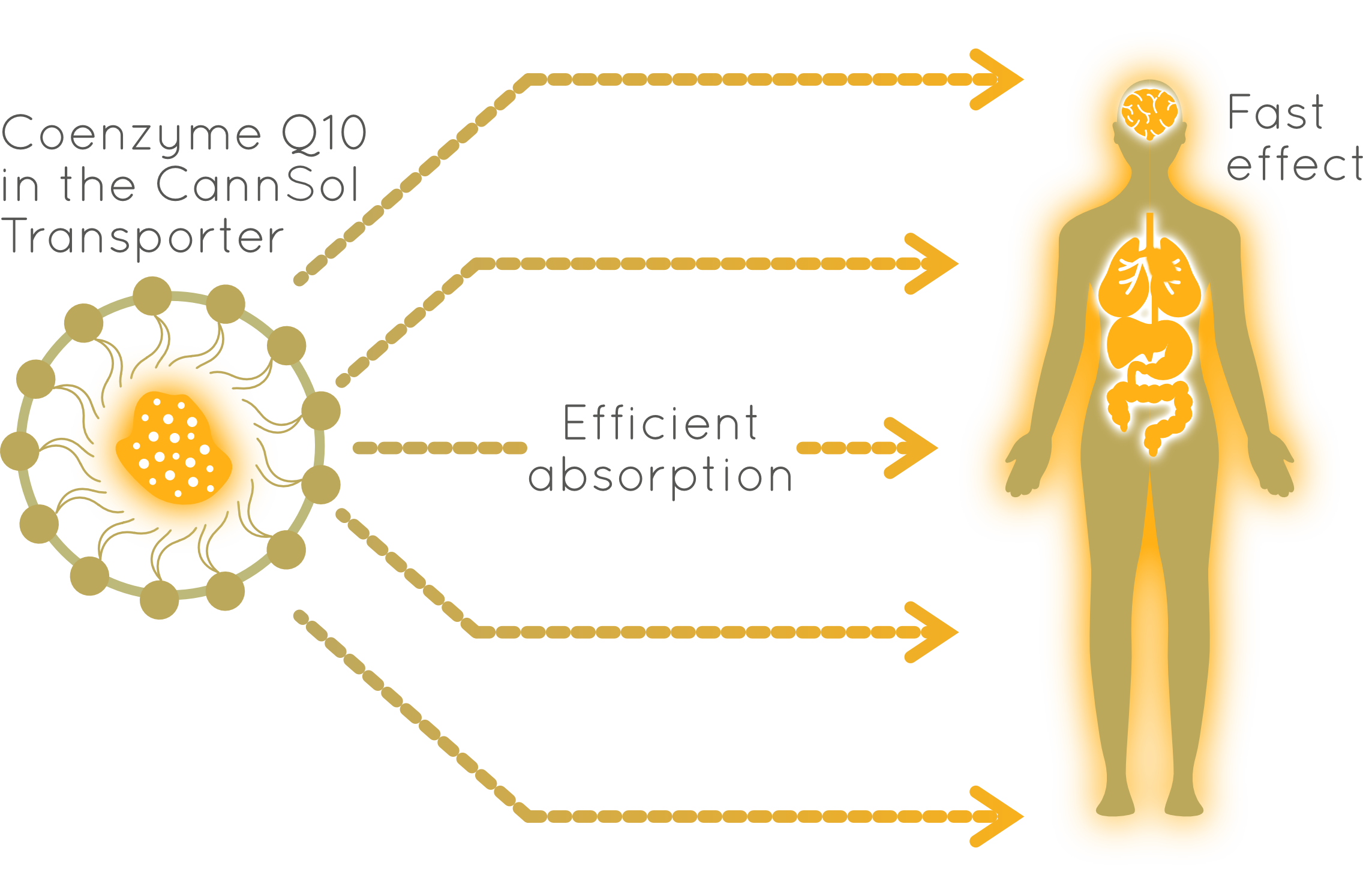
CannSol Premium Coenzyme Q10 compared to conventional capsules or tablets:
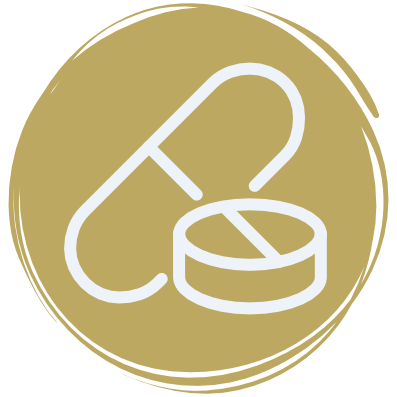
Capsules or tablets

CannSol Premium Coenzyme Q10
Coenzyme Q10 and vitamin E belong together!
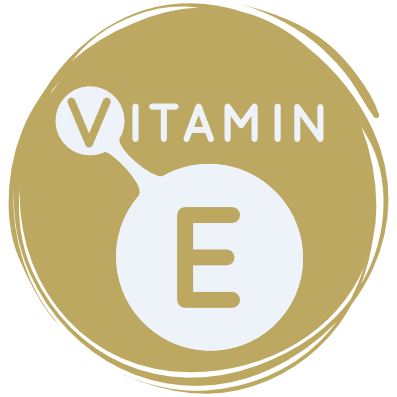
Why vitamin E?
Vitamin E is a fat-soluble vitamin that plays an important role in the body. It consists of a group of eight different compounds called tocopherols and tocotrienols. The most abundant and biologically active form of vitamin E is alpha-tocopherol. Vitamin E is a powerful antioxidant, which means that it helps protect cells from oxidative stress. It also plays a role in maintaining normal immune system function and in the formation of red blood cells. The main sources of vitamin E in the diet are plant foods such as nuts, seeds, vegetable oils (e.g. sunflower oil, wheat germ oil) and green leafy vegetables. It is also found in smaller amounts in some animal products such as eggs and meat.
Vitamin E and coenzyme Q10 show some synergistic effects, especially in terms of their antioxidant properties and their ability to regenerate each other. In the process of neutralizing free radicals, vitamin E gives up an electron and becomes a free radical itself. This is where coenzyme Q10 comes into play! Coenzyme Q10 can “catch” this surrendered electron and regenerate vitamin E again. This process is considered an important synergy between the two nutrients, as they support each other and enhance their antioxidant effectiveness.
This synergistic action of vitamin E and coenzyme Q10 is relevant in various aspects of health. Both nutrients can help protect against oxidative stress and potentially reduce inflammation. In addition, they play an important role in maintaining healthy cardiovascular function, normal immune function and optimal energy production in cells.
Discover the products of CannSol!

CannSol ist NATÜRLICH und NACHHALTIG!
All unsere Rohstoffe sind frei von Gentechnik, rein natürlich und stammen von renommierten Produzenten, die unsere Kriterien für höchste Qualität erfüllen. Jede Zutat wird von unabhängigen Laboren auf Herz und Nieren geprüft, um höchste Reinheit und Qualität sicherzustellen. All unsere Produkte enthalten Schweizer Wasser und ausschliesslich rein natürliche Pflanzenextrakte und Vitamine, die aus nachhaltiger, nachvollziehbarer und schonender Produktion stammen.

CannSol ist VEGAN!
All unsere Rohstoffe, die wir für die Herstellung unserer Produkte verwenden, sind garantiert zu 100% vegan! In sämtlichen Produktionsschritten verwenden wir bewusst keine tierischen Produkte oder Hilfsmittel. Somit sind all unsere Produkte für eine vegane Ernährungsweise bestens geeignet!

CannSol ist maximal BIOVERFÜGBAR!
Die Bioverfügbarkeit bezeichnet den Anteil eines Wirkstoffes, der unverändert und in seiner aktiven Form im systemischen Blutkreislauf zur Verfügung steht. Eine schlechte Wasserlöslichkeit eines Wirkstoffes führt normalerweise zu einer niedrigen Bioverfügbarkeit, wenn dieser oral eingenommen wird. Aus diesem Grund gehen wir den »wasserlöslichen Weg«, um die Bioverfügbarkeit unserer Extrakte und Vitamine zu maximieren.

CannSol ist SWISS-MADE!
Sämtliche Produkte werden in der Schweiz hergestellt! Jeder Produktionsschritt - von der Idee bis hin zum fertigen Produkt – findet in der Schweiz statt und erfüllt höchste Qualitätsanforderungen!
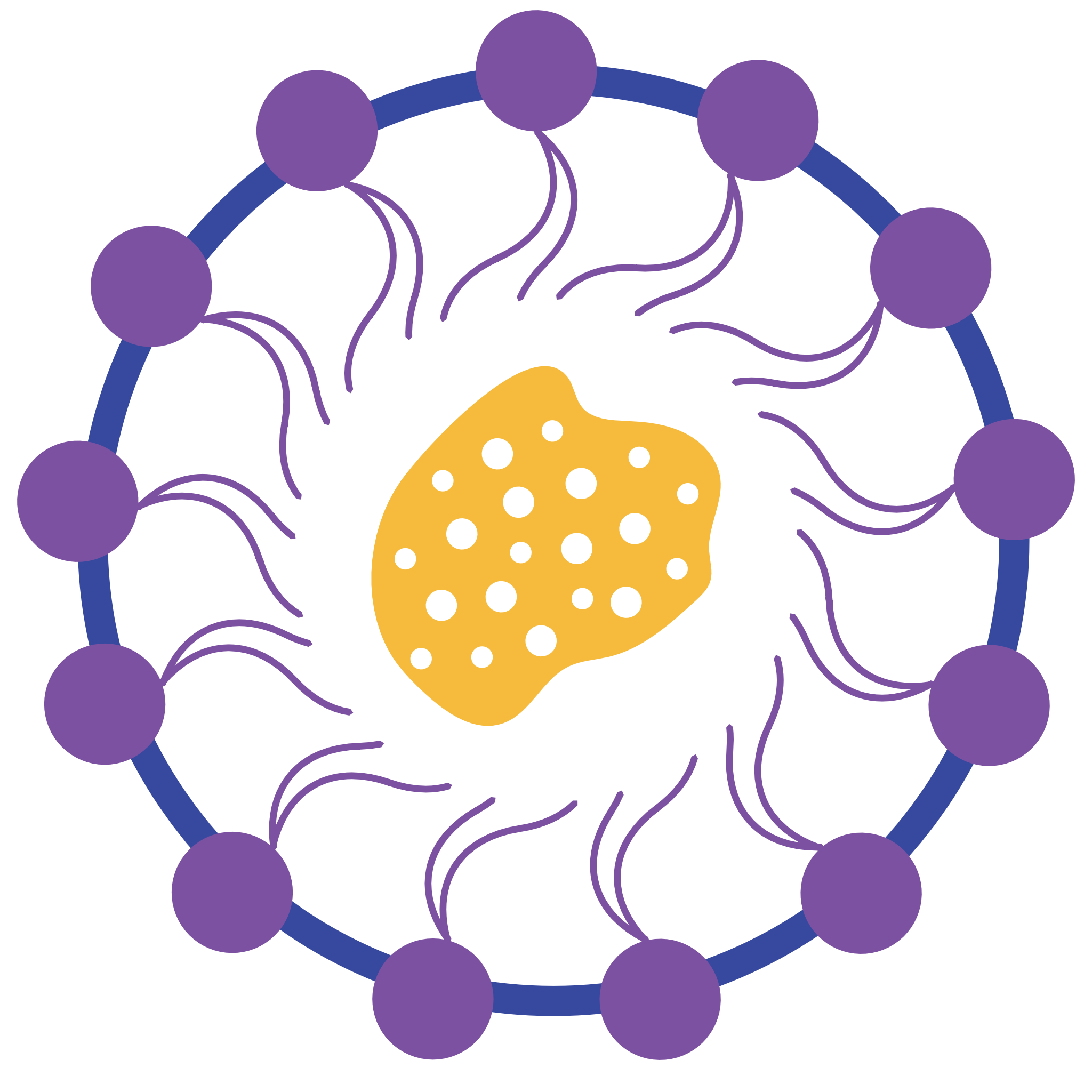
CannSol ist WASSERLÖSLICH!
CannSol geht den "wasserlöslichen" Weg! Wir schliessen hochwertige Pflanzen-Extrakte in wasserlösliche Transporter ein. In dieser Form können die im Extrakt enthaltenen Wirkstoffe schnell und effizient vom Körper aufgenommen werden. Dies erreichen wir ganz ohne den Einsatz von Piperin, synthetischen Hilfsmitteln oder anderen bedenklichen Aufnahmeverstärkern. Unser wasserlösliches Transporter-System gibt 95-99 Prozent der eingenommenen Wirkstoffe in den systemischen Blutkreislauf des Körpers ab, wo sie ungehindert wirken können!